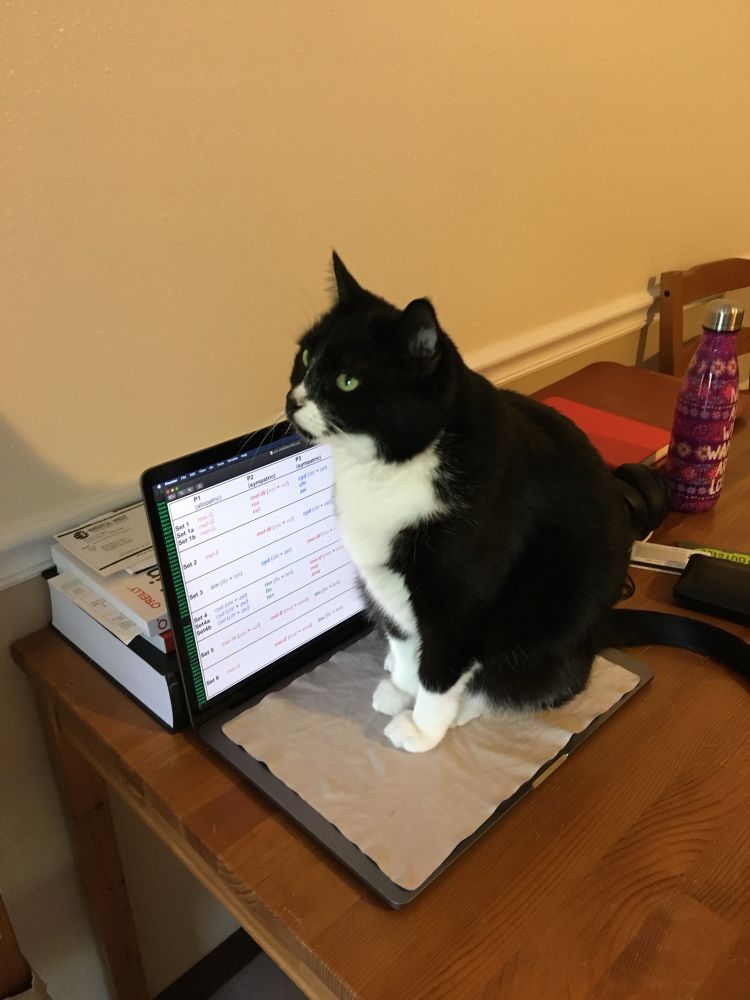
Let me know if you have any questions!
Together with several colleagues, we are arranging 5 interconnected sessions.
To submit an abstract, please fill out this Google Form before Oct 12th, 2025:
forms.gle/q7j275Di6umY...

Let me know if you have any questions!
Data collection started back in 2021, when we saw weird results in some RNAseq that made me stop and wonder if Joshua trees, long thought to be C3, were actually...CAM!

Data collection started back in 2021, when we saw weird results in some RNAseq that made me stop and wonder if Joshua trees, long thought to be C3, were actually...CAM!
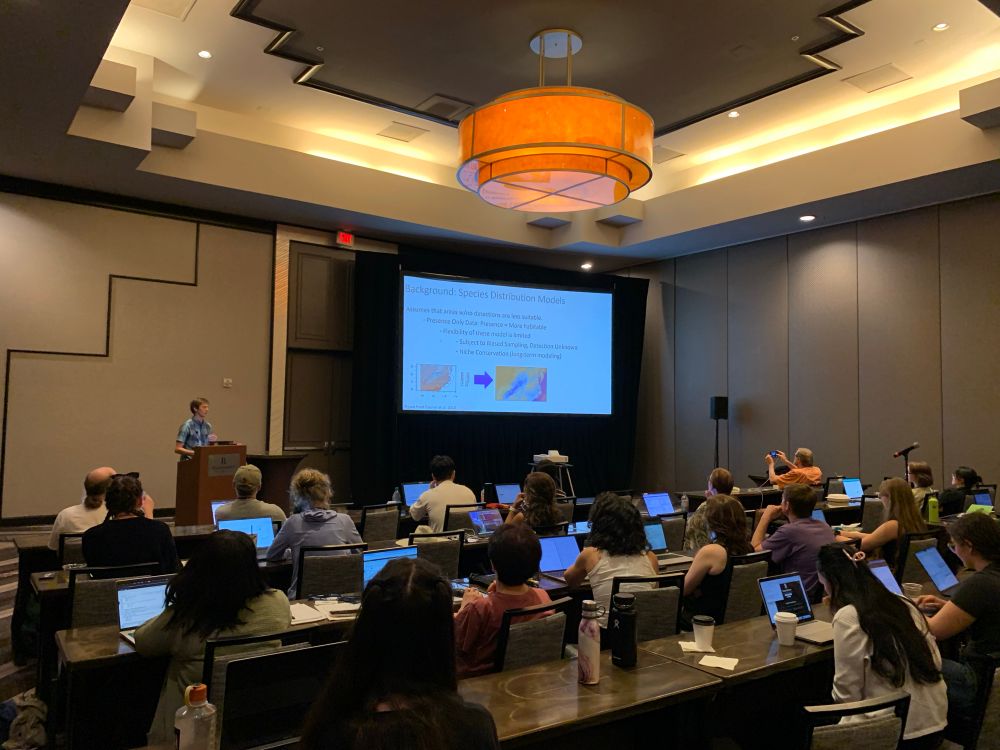
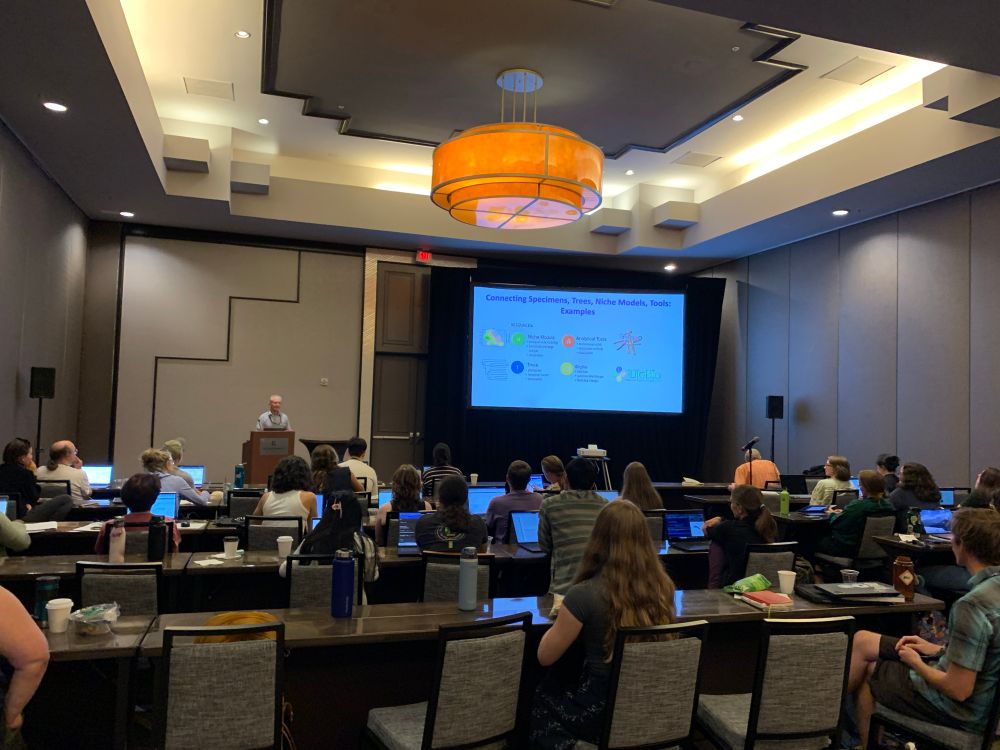
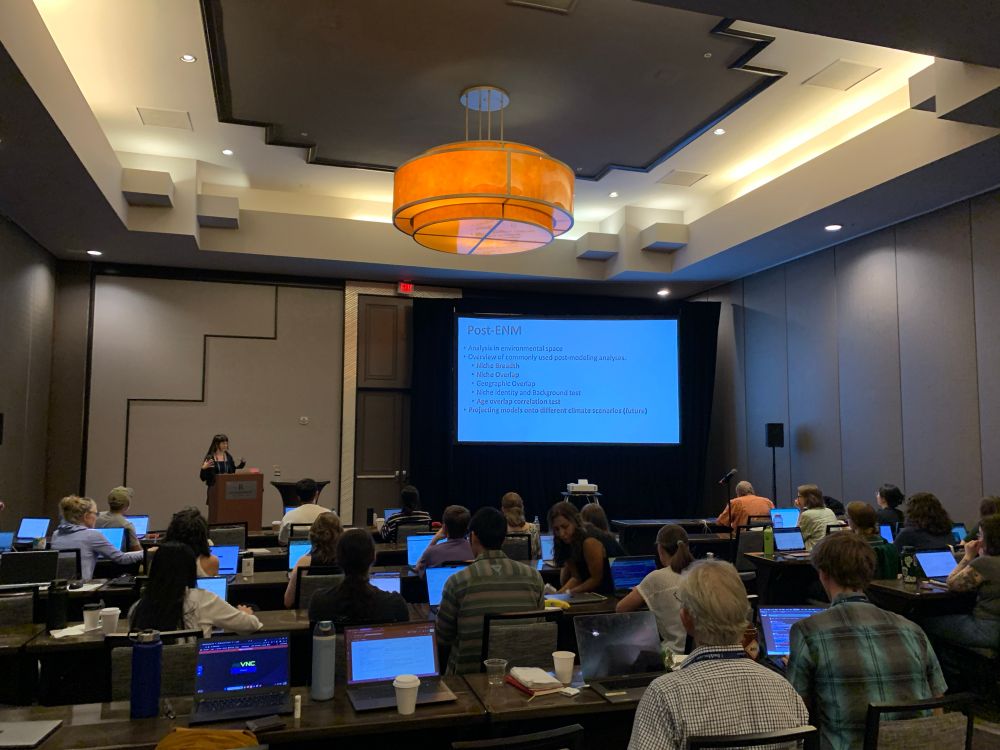

Check out his poster with @makenziemabryphd.bsky.social tomorrow!
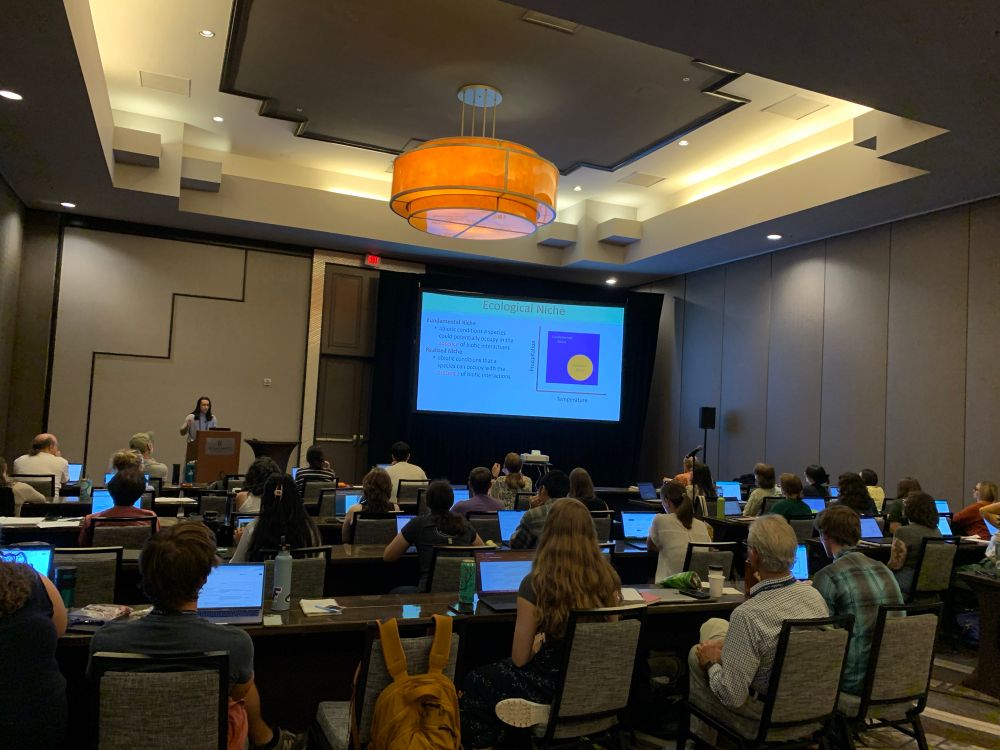
Check out his poster with @makenziemabryphd.bsky.social tomorrow!
Tyler is part of the PLANTs program this year and has a poster with @makenziemabryphd.bsky.social tomorrow!
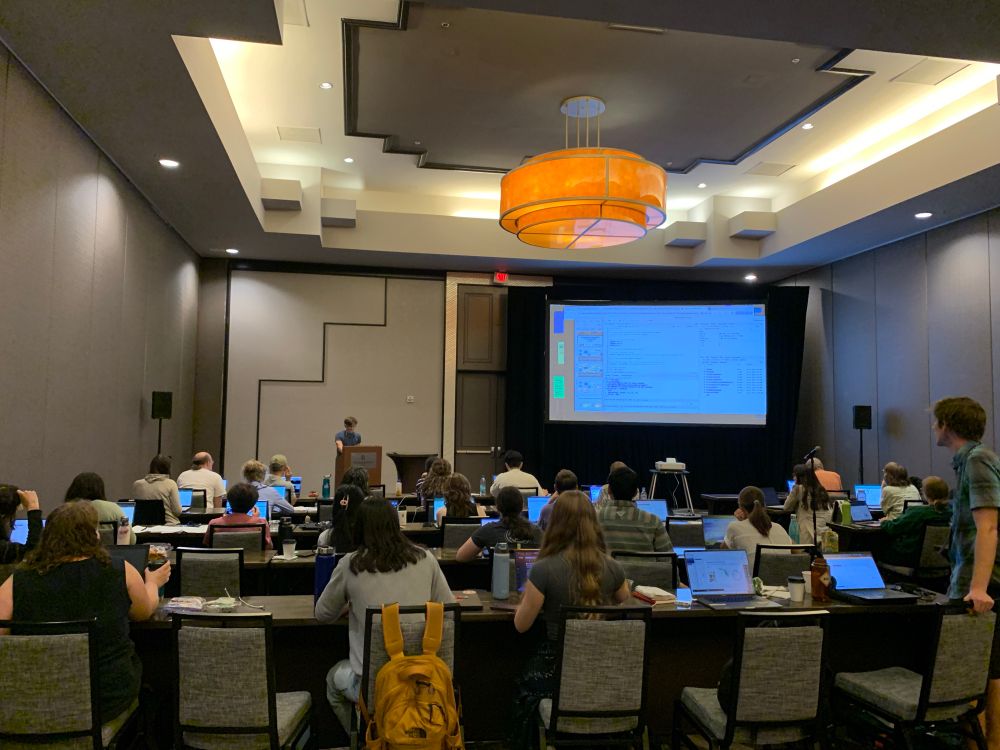
Tyler is part of the PLANTs program this year and has a poster with @makenziemabryphd.bsky.social tomorrow!
See her poster with @makenziemabryphd.bsky.social tomorrow!
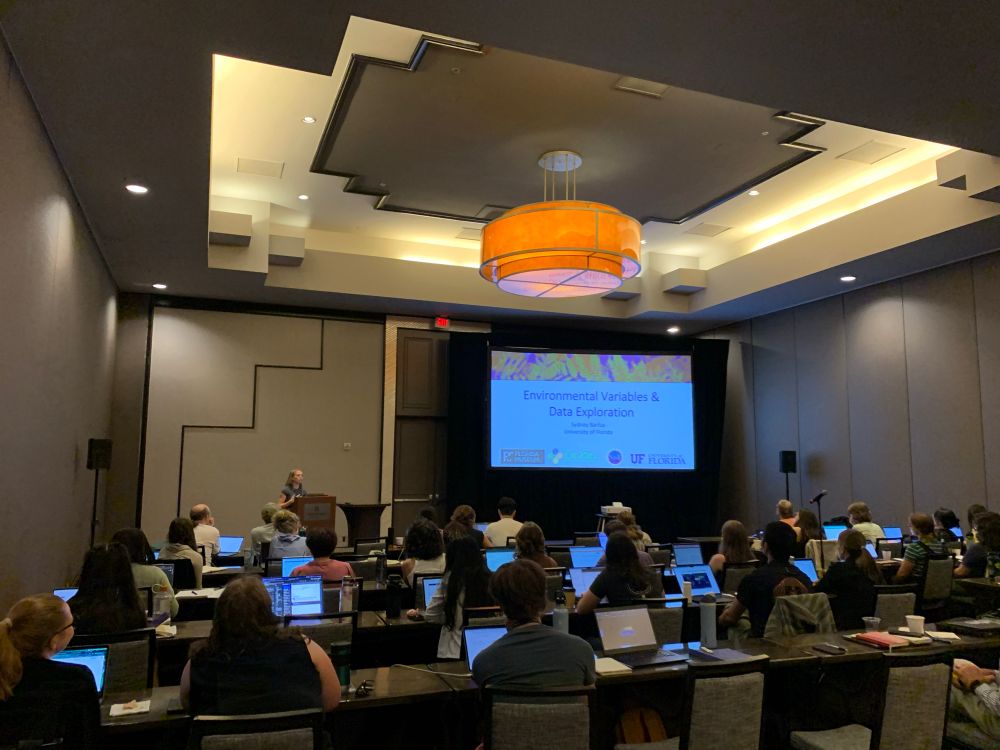
See her poster with @makenziemabryphd.bsky.social tomorrow!
If you cannot make it, all the resources can be found here: github.com/soltislab/Bo...
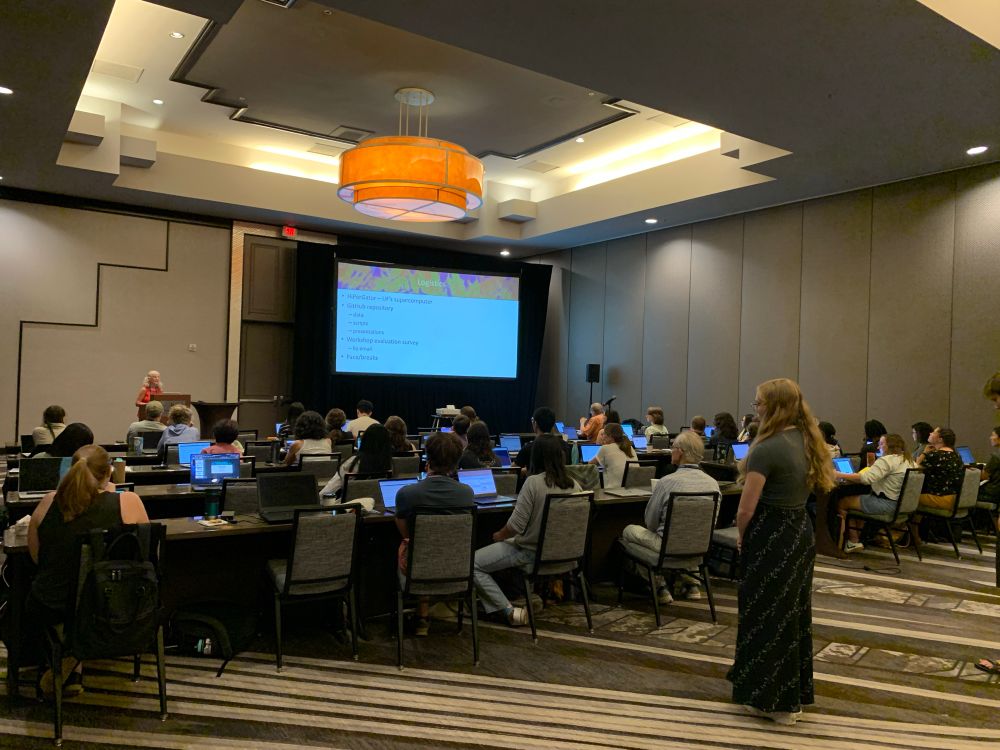
If you cannot make it, all the resources can be found here: github.com/soltislab/Bo...
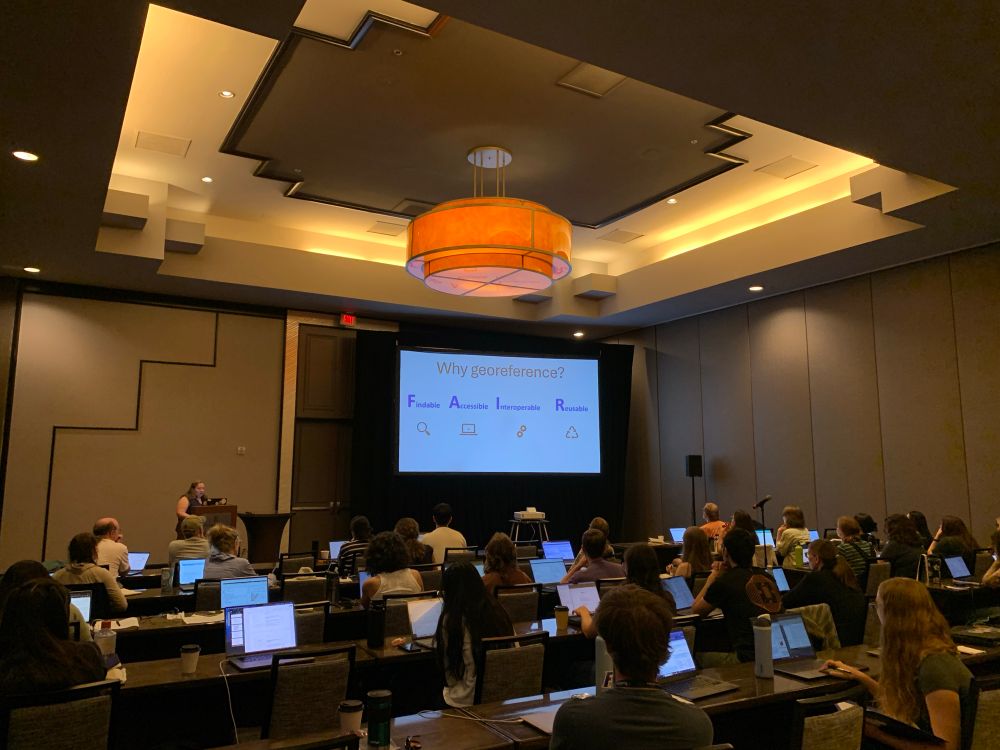
🎧 www.podbean.com/ew/dir-en8pq...
#Botany #Brassicales #PlantScience
🎧 www.podbean.com/ew/dir-en8pq...
#Botany #Brassicales #PlantScience

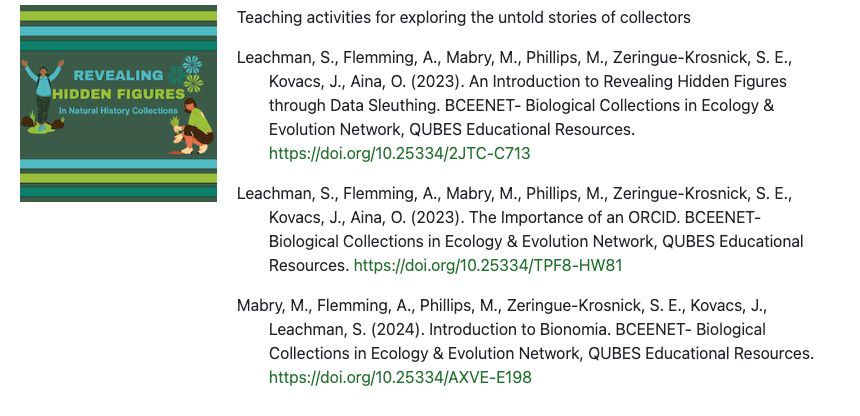
If you want to be added you can comment or DM me, but also please suggest the names of those I am missing 🧪🌎🌐
go.bsky.app/8jFH7cS
If you want to be added you can comment or DM me, but also please suggest the names of those I am missing 🧪🌎🌐
go.bsky.app/8jFH7cS
#photography #blackandwhitephotography #antiquity #standingstones
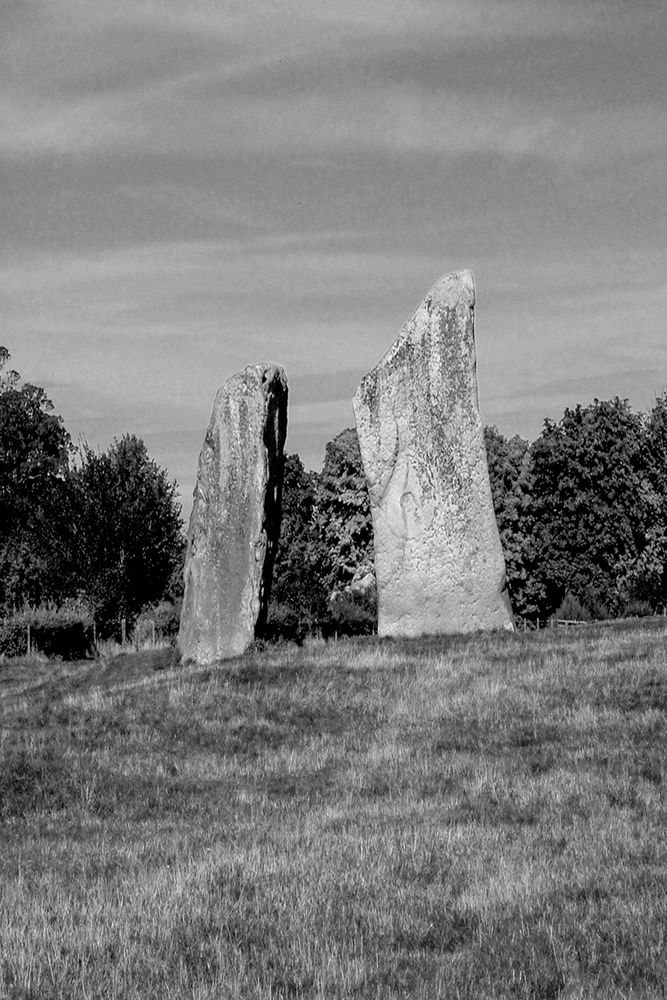
#photography #blackandwhitephotography #antiquity #standingstones
